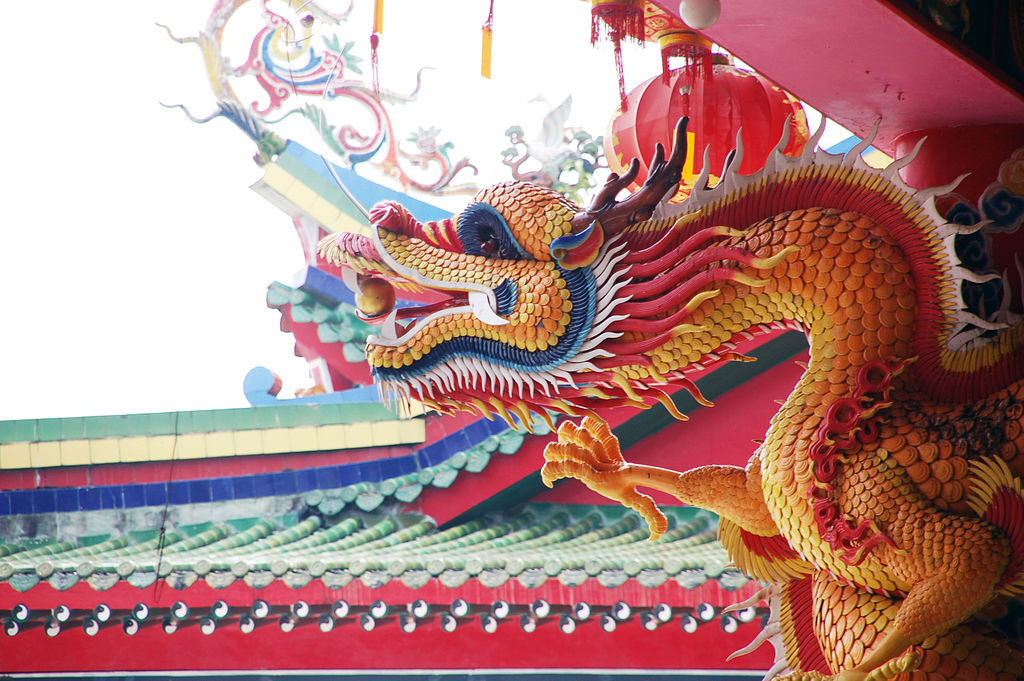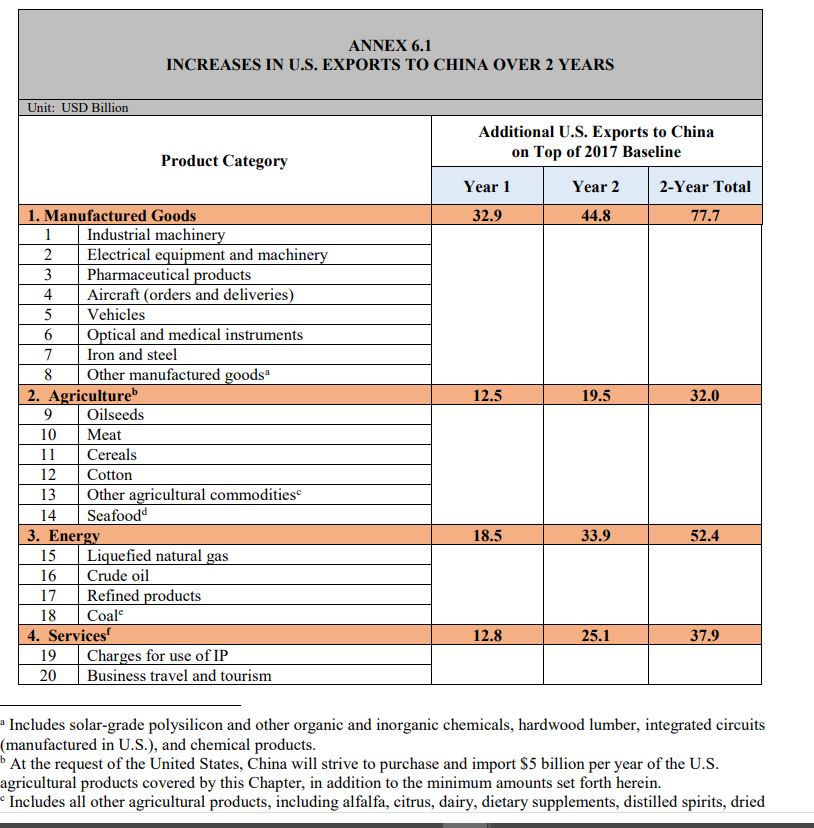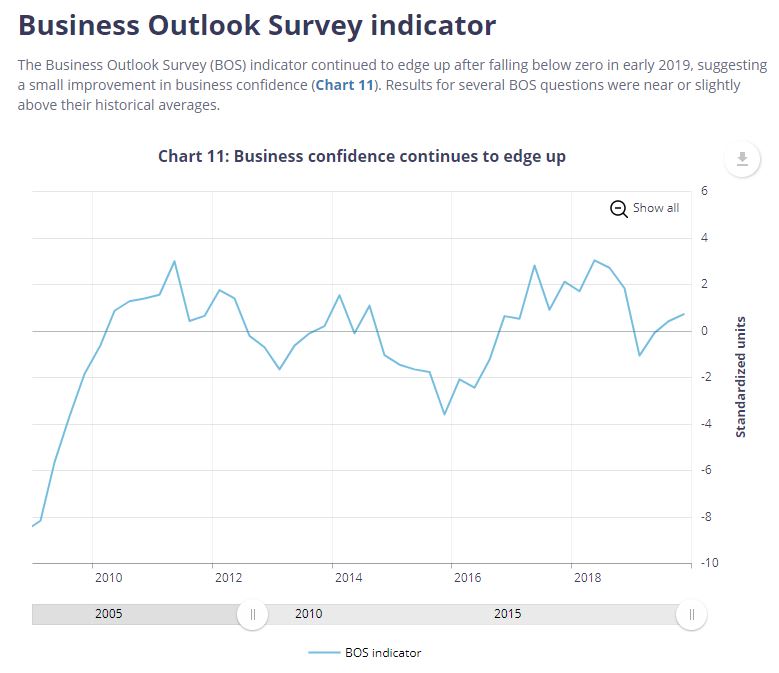
By Michael O’Neill
“Thar be dragons”-but not as many as before. Dragon’s haven’t had it so bad since Saint George’s adventure in Cappadocia some seventeen hundred years ago, or when Daenerys Targaryen tried to unite the Seven Kingdoms. That’s because of US President Trump. He just neutered the China dragon.
Beijing trade officials were breathing fire at the onset of the tariff war that began on July 6, 2018, when the American’s levied 25% tariffs on $34.0 billion worth of Chinese imports. Eighteen months later, an “all-smoke-no-fire Chinese trade delegation is in Washington, agreeing to Trump’s demands in voices that changed from baritone to soprano.
China agreed to import an average of $40.0 billion of US food, agricultural, and seafood products to the tune of $80.0 billion over the next two years. China also agreed to implement a transparent, predictable, efficient, science- and risk-based regulatory process for the evaluation and authorization of products of agricultural biotechnology.
China agreed to comply with WTO obligation with specific improvements to its administration of wheat, corn, rice tariff-rate quotas.
China agreed to expand the scope of beef and pork products allowed to be imported and to reopen its poultry market to poultry. Also, China committed to importing USDA approved rice, seafood and some fruits and vegetables.
China and the US agree to prohibit forcing or pressuring foreign companies to transfer technology as a condition for market access.
Chart: Planned Increases in US exports to China over two years

Source: Office of the US Trade Representative
The above chart is conclusive. President Trump won -hands down. And, for the time being, tariffs are still in place. He delivered on his election promises, and the results put American exporters in a better place then they were before the trade war.
Mr Trump is having a great year, and it is barely two weeks old. His greenlighting of a military drone strike that eliminated Iran Revolutionary Guard General Qasem Soleimani, exposed the incompetence of the Iran ruling religious authoritarians, and the “Keystone Kop” incompetence of what was once described as the “elite” Revolution Guard Corps. Those clowns demonstrated that they could not differentiate between a Boeing 737 passenger plane taking off from Imam Khomeini International Airport and cirrus clouds wafting across the sky. The rest of the Middle East nations may be far less intimidated by Iran’s so-called military prowess and more eager to stay on Uncle Sam’s good side. Score another one for the President.
FX markets appear to have forgotten about the Iran/US crisis and did not react very strongly to the signing of the Phase 1 trade agreement either. That’s because most of the trade details had been leaked. USDCAD traders shifted their focus to focus to the economic reality and next weeks Bank of Canada monetary policy meeting.
That reality didn’t include dragons which everyone knows are fictional beasts; products of vivid imaginations, and lately innovative computer graphic imagery. For some analysts, the Bank of Canadas’(BoC) Business Outlook Survey (BOS) and the Canadian Survey of Consumer Expectations (CSCE) are also products of imaginations. At least this month’s versions were. Both reports were released on January 13. The Bank of Canada is reported to rely heavily on the BOS in its monetary policy deliberations.
The BoS proclaimed that business sentiment is broadly positive, except in the prairies. The prairies (Manitoba, Saskatchewan, Alberta) represent 18.6% of the population of Canada, and Alberta is key to fiscal fortunes of the Federal government. According to reporter Bobby Hristova in the National Post, Albertan paid Ottawa $240 billion in transfers over the past eleven years. Alberta is hurting. Oil shipments are slumping, which will impact Federal finances. Saskatchewan and Manitoba are going to suffer if China reduces Canadian agricultural purchases further to fulfil Phase 1 US/China trade agreement requirements.
Chart: BOS Indicator

Source: Bank of Canada
Arguably, saying business sentiment is broadly positive is merely semantics. They could have said it was slightly negative and been just as accurate. A cynic would suggest it is the supposedly politically neutral BoC’s way of supporting the government’s agenda.
The BoS survey reported, “indicators of capacity pressures suggest that economic slack has been absorbed and that labour markets have tightened.” It also claimed “results continue to point to modest price pressures. The Survey also noted that “Inflation expectations are unchanged.” Huh! The economic theory used to be that in times of capacity constraints and tight labour markets, product shortages occur, and wages rise. That is called “inflation. Perhaps this time is different.
The Consumer Outlook Survey is a brand new product. It may be a dud. The results showed consumers believe inflation will decline slightly in one-year ahead. Consumers expect their wage growth and household income to be stable. They also expect house prices to rise, except for residents of Alberta and Saskatchewan. The BOS and CSCE survey results appear to contradict each other on the outlook for wages and inflation leaving the BOS to carry the load. That Survey did not provide the BoC with any ammunition to change monetary policy which means Canadian interest rates will stay unchanged at the January 22 meeting. If so, it also suggests that USDCAD direction will continue to be driven by broad US dollar sentiment and not by domestic developments.
A word of caution. The Chinese dragons interacting with the US may be neutered today, but advances in technology and bioscience could change that result when the Phase 2 talks begin.





